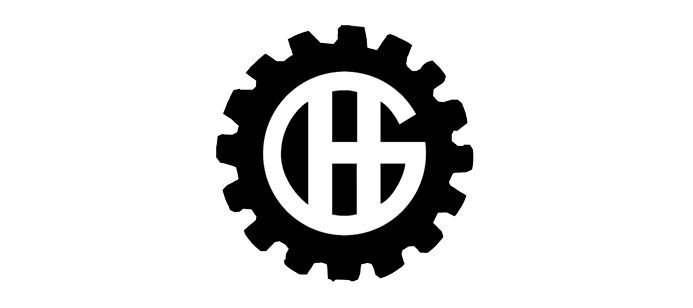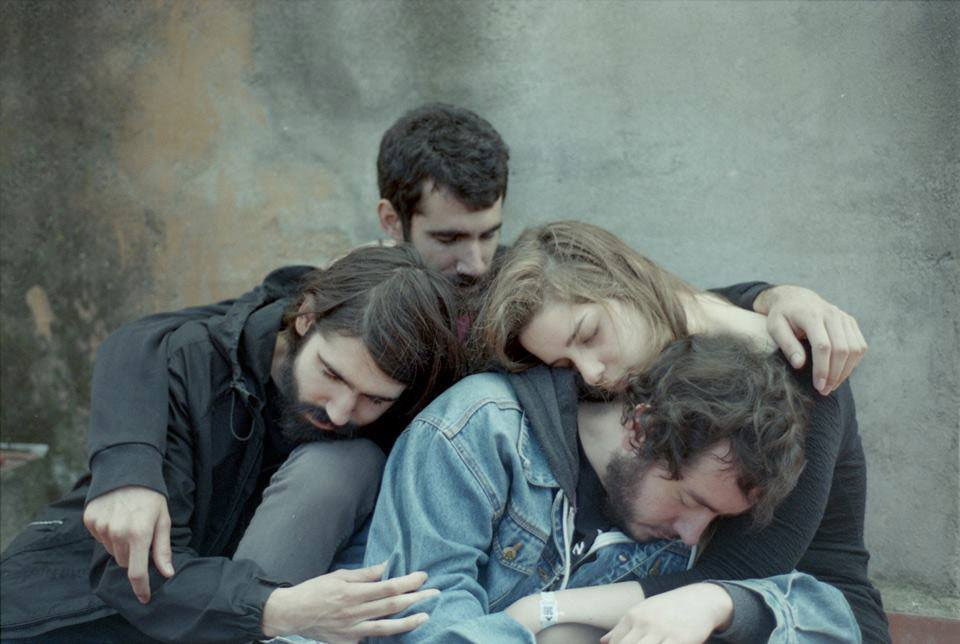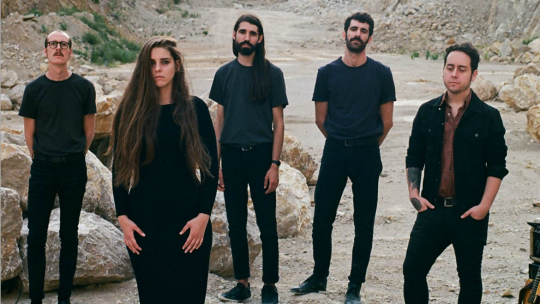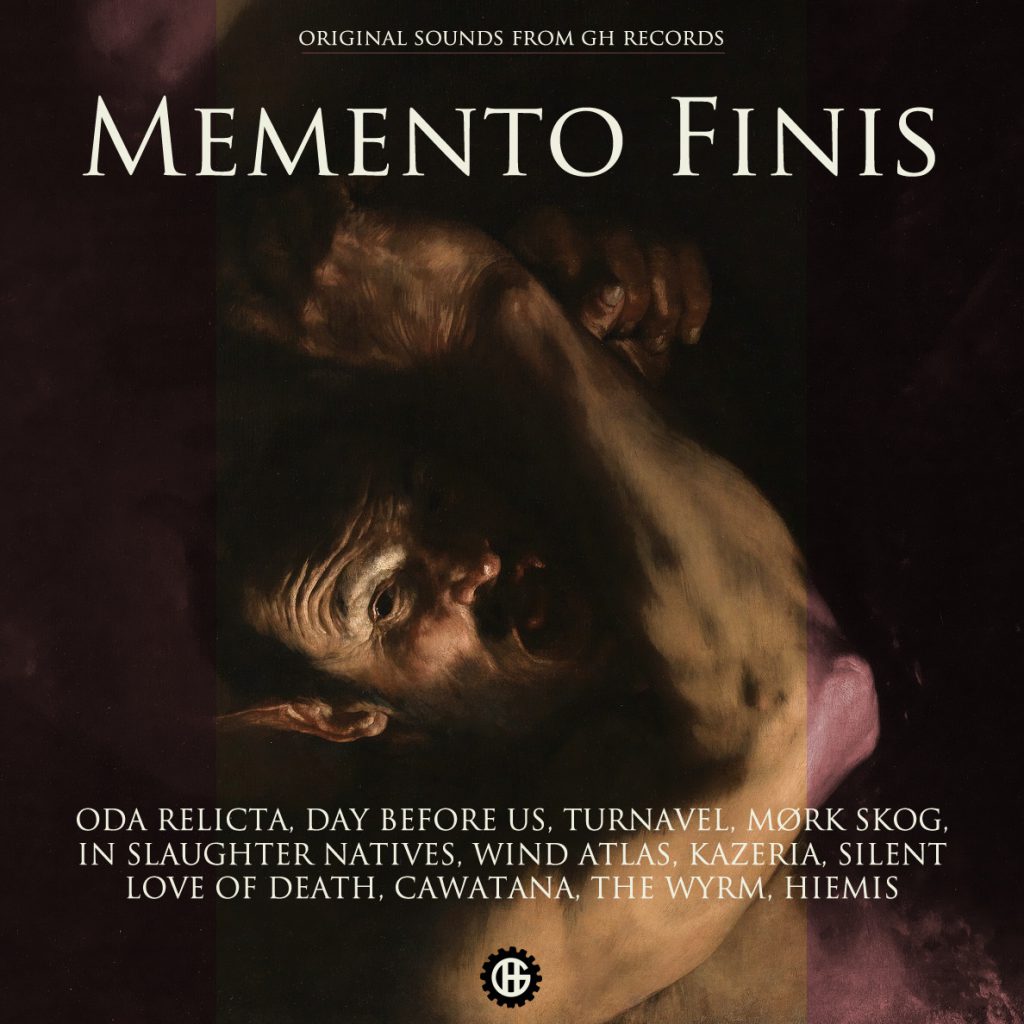Wind Atlas – Arche-Fossil (Vinyl, LP)
Label: Cønjuntø Vacíø – Ø-55
Format: Vinyl, LP
Country: Spain
Released: 20 Mar 2020
Style: Experimental, Industrial, Ambient, Abstract, IDM
Arche-Fossil (Cønjuntø Vacíø, 2020) is Wind Atlas’ fourth record, which sees the band pushing the boundaries of their own music as genres such as post-industrial electronics, ambient, noise and popular mediterranean music merge, bringing to life a hybrid and intense album.
The gestation process of Arche-Fossil began even before the publication of An Edible Body (2018). With that record, the band changed members and ventured into more electronic territories by using drum machines and synths that still fit their ritual post-punk sound. After two years spent working on this new record, these electronic landscapes have taken over their music.
Arche-Fossil was almost entirely recorded by themselves at their home studio and finished at Maik Mayer’s recording studio with Sergio Pérez. It collects the songs that represent the band’s work over the last two years and that best reflect the issues that weave the whole record regarding the relationship between human beings and reality. Is it possible to know an uninterpretable reality? What is knowing? How does the relationship between human beings and reality work? These questions inform a series of songs that produce a voice that continuously muses on what it perceives and the ways in which it does.
Hunger opens the record amidst a thunder of abstract sounds and a viscous bass loop. By using samples from M. E. S. H.’s “Optimate”, which forms the noisy basis of the song, Hunger approaches more experimental electronic terrains. This song revolves not only around an insatiable and uninhibited hunger for finding new ways of saying and being in the world, but also around an enormous emptiness.
The monumental track Where Nothing Happens explores empty spaces and everything that happens within them when something–a step, a voice, an object–interrupts their eternal being, thus generating new meanings between these spaces and that which suddenly inhabits them.
In Dos Ojos, the band continues navigating electronic landscapes, this time through Spanish traditional and oral literature. They follow this path further in Esta Despedida, where the vocals use one single sentence to unsay: “Todos los nombres van a morir a ti.” (“You are where all names go to die”) From then onwards, the vocals employ a form of glossolalia as a tool to continue uttering after the death of meaning that they have previously announced. Likewise, Days of Sadness, a free adaptation of Galician poet José Ángel Valente’s poem “Latitud”, pays homage to the language of the unsaid, which has heavily influenced Wind Atlas’ discourse over the years.
That Mouth emerges as a dramatic effect when the record has managed to hypnotize us. Trance and an industrial sound meet amidst MS20 roars and a beat going over 140bpm. Metallic blows and the sound of chains burst in, creating rhythmic patterns over a bass drum that pushes forward.
The eeriest and most beautiful moments appear on the record’s B-side. Such moments come to life in tracks like Oceanic Sexuality or the closer Do You Have a House?, along with the experimental Nada, in which, by only utilizing noise, Wind Atlas create a sonic collage poem that draws from power-electronics. Here, some of the band’s recurring themes reemerge: emptiness, water, and the body.
In Arche-Fossil, Wind Atlas continue exploring some of the paths they began mapping with their previous record. This time, however, they manage to approach the heterogeneous in a much more certain and lucid manner, without ever stopping wondering about their own voice.
Andrea P. Latorre: vocals
Sergi Algiz: electronics and guitar
Raúl Q. de Orte: Synths
Raul Pérez: drums
Recorded by the band and final recordings at Maik Maier Studios (Barcelona) by Sergio Pérez. Mixed by Sergio Pérez and mastered by Stephen Quinn at Analogue Heart (UK). Art photos by Àlex Sardà. Artwork by David M. Romero.




